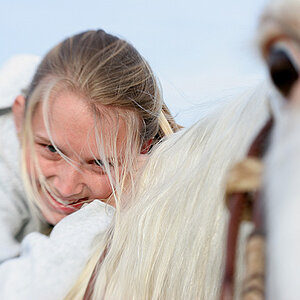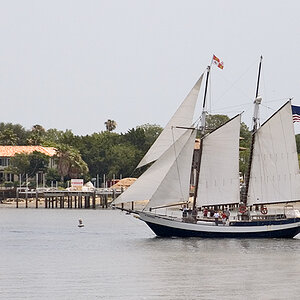jsecordphoto
Been spending a lot of time on here!
- Joined
- Oct 26, 2013
- Messages
- 1,493
- Reaction score
- 1,055
- Location
- new hampshire
- Can others edit my Photos
- Photos OK to edit
Using a lower ISO and longer shutter speed will introduce noise too. To get any sort of decent star trails with just one frame you would need an hour+ exposure, and then a dark frame unless you want a ton of hot pixels and noise. I mostly shoot at night, and am friends with a ton of other astrophotographers. Everyone I know does an hour or so of 30 second exposures, ISO3200ish, f2.8 and stacks them in post. Maybe your camera just doesn't perform well at high ISOs



![[No title]](/data/xfmg/thumbnail/34/34069-7b423c5bb5d324f4d924cf839cc122b3.jpg?1619736265)
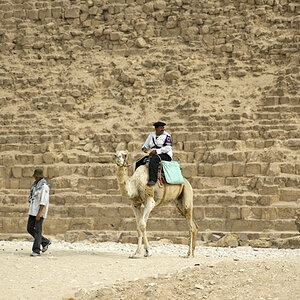
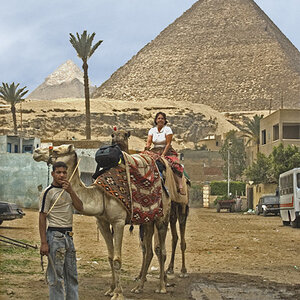
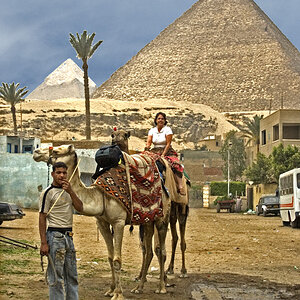
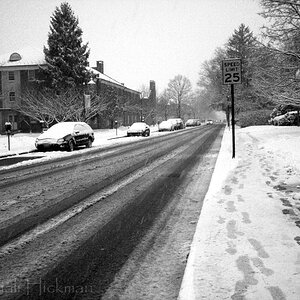
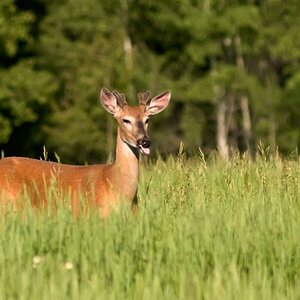
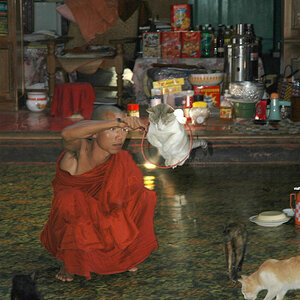
![[No title]](/data/xfmg/thumbnail/31/31979-ea92aca54ae865842d998c9cec534991.jpg?1619735137)
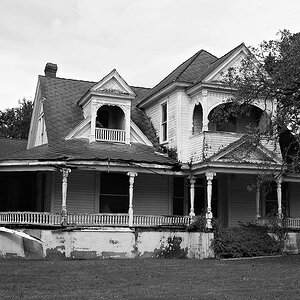
![[No title]](/data/xfmg/thumbnail/34/34073-71bff52a53b8313ff2bcccab6b05f9b8.jpg?1619736266)
